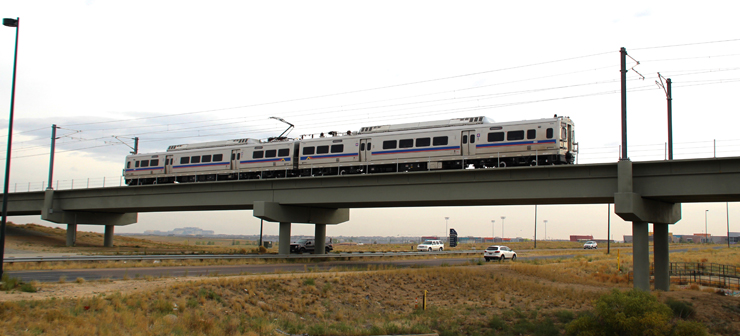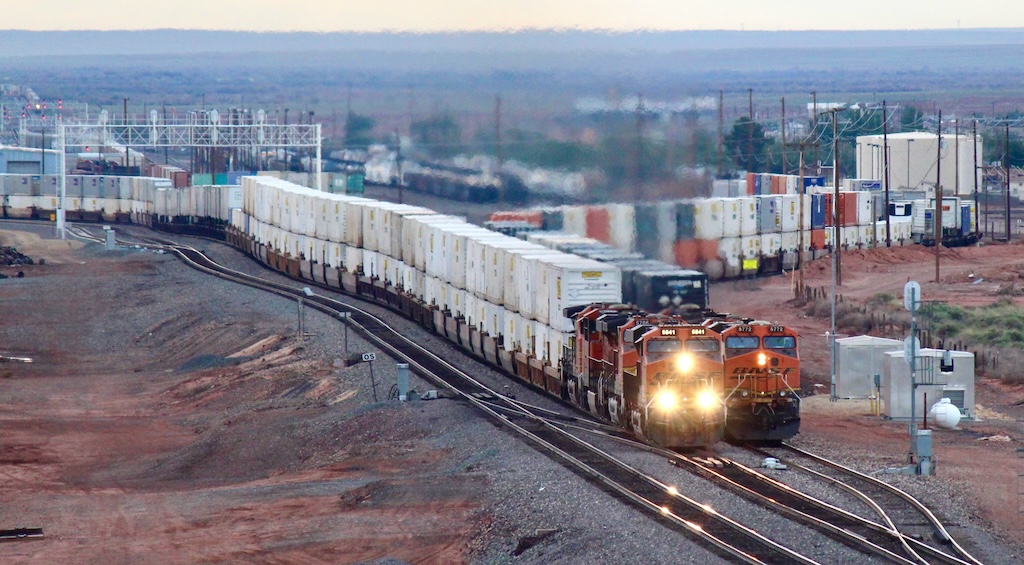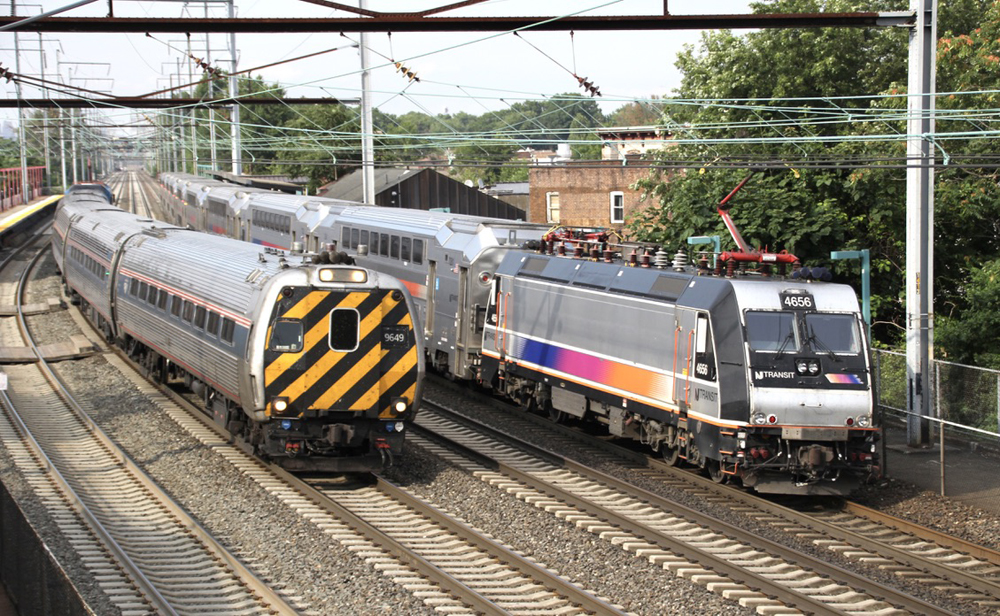LOUISVILLE, Colo. — A private company’s pitch to build a long-delayed commuter rail line from Denver to Longmont, Colo., is receiving its first public airings and drawing both interest and skepticism, the Denver Post reports.
Rocky Mountain Rail has made an unsolicited offer to the Denver-area Regional Transportation District to build a 16-station line to Longmont for $1.1 billion, completing it by 2025. So far, the RTD has built just the first 5 miles of the proposed route, and currently estimates it could offer limited service over the entire route by 2042 and full service by 2050.
The company held one of a series of presentations last week at the Louisville Public Library. Its plan would provide 45-minute service to Longmont using battery-powered railcars charged by renewable sources, and would carry 64,000 passengers daily.
An RTD spokeswoman said the agency has asked Rocky Mountain Rail for more information, and is “open to any ideas out there that can build out transit.”
Use of a BNSF Railway line has been a stumbling block to the project for the RTD, but Rocky Mountain Rail says its plan would have BNSF relocate before building a double-track commuter line. Dave Ruble, chief engineer for Rocky Mountain Rail, told the Post that BNSF has not responded to its proposal.
Rocky Mountain Rail’ website says the company’s goal is to “become the leading passenger and local freight rail provider to the emerging Rocky Mountain Mega Region,” using existing Class I railroad rights-of-way as its foundation. It envisons a three-phase project which would begin with relocation of existing freight lines out of the Fort Collins-Trinidad Front Range reason, and end with Denver as a hub for a 17-state transportation system.















At the moment (at least), Louisville, Colorado has better prospects for getting passenger train service than Louisville, Kentucky.
My second thought is who is going to “engineer” the trains. RTD is currently cutting back Denver and environs service because they cannot hire enough operators for the vehicles (trains and buses) for promoted schedules.
Video of European successful transit paints a true picture. Long ago, routes were selected and built that allow fast passenger transit. It’s difficult for the US because of our size, and the efficient routes have been used by highways. And the GOP will never support national transit.
Big dreams . . .
I agree that a credible operator would typically be in talks with the host railroad before the press.
It’s not preposterous to imagine the existing BNSF through freight traffic on the C&S between Cheyenne and Denver being relocated to the UP Cheyenne-Denver line via Greeley. This could be accomplished with a (relatively) low cost connection south of where the BNSF crosses the Overland Route on an overpass and probably minor capacity improvements to the UP line in question. Local freight traffic to Ft Collins, Longmont and Boulder could be served via short line connections from that line also.
South of Denver along the Front Range is a whole other beast though. There’s no way with declining coal traffic that the prairie bypass of the front range line well to the east passes when the most optimistic return on investment muster, even if rancher objections can be overcome. Then again if coal traffic declines sufficiently and the Boulder-Longmont passenger leg is a proven success first, one could imagine some form of temporal separation south of Denver where the coal plus remaining manifest and intermodal traffic runs late night or the predawn hours.
It may well be the case that 10-20 years down the road this line becomes more valuable as a regional corridor passenger route than a freight route. This depends largely on the direction that the Texas electric power generation market goes.
@George Brown: “And the GOP will never support national transit.” Congress already approves billions each year for national, regional and local transit. Just as you said, we can’t be comprehensive due to the sheer size of our nation. It’s not a party issue, its a geographic issue. Manifest Destiny established these challenges many years ago. It’s not a recent thing.
Most proposals that require the use of Class 1 ROW, usually end up failing because the startup entity can’t get the needed liability insurance.
You have to wonder what BNSF thinks when private entities make these proposals to use their assets without asking first. This is what gets Amtrak in trouble.
A few years ago there was a CDOT plan to move the BNSF/UP Front Range line out to the prairies, but UP was not interested and the plan died. The ranchers/farmers also opposed it.
With coal traffic way down and expected to get lower, could the bulk of BNSF’s traffic move to the Brush sub. out of Denver and clear the Front Range for commuter rail?
I’m just asking from a technical perspective.
From a political perspective, perhaps asking BNSF what they think of their plan should be RMR’s first move, before making further planning.
John Rice,
Read it again, the proposal calls for relocating the BNSF rail line from it’s current location, to where it doesn’t say, and that is probably the biggest question. IF it benefits BNSF and doesn’t cost BNSF anything, then it would behoove them to at least look at the proposal, but that’s a big IF.
This plan is DOA…
Me wonders whether someone has been using too much of Colorado’s now legal product?
Good for occupying the time though.
Just wondering if this is Ed Ellis’ new gig now that Iowa Pacific is bankrupt. 😉